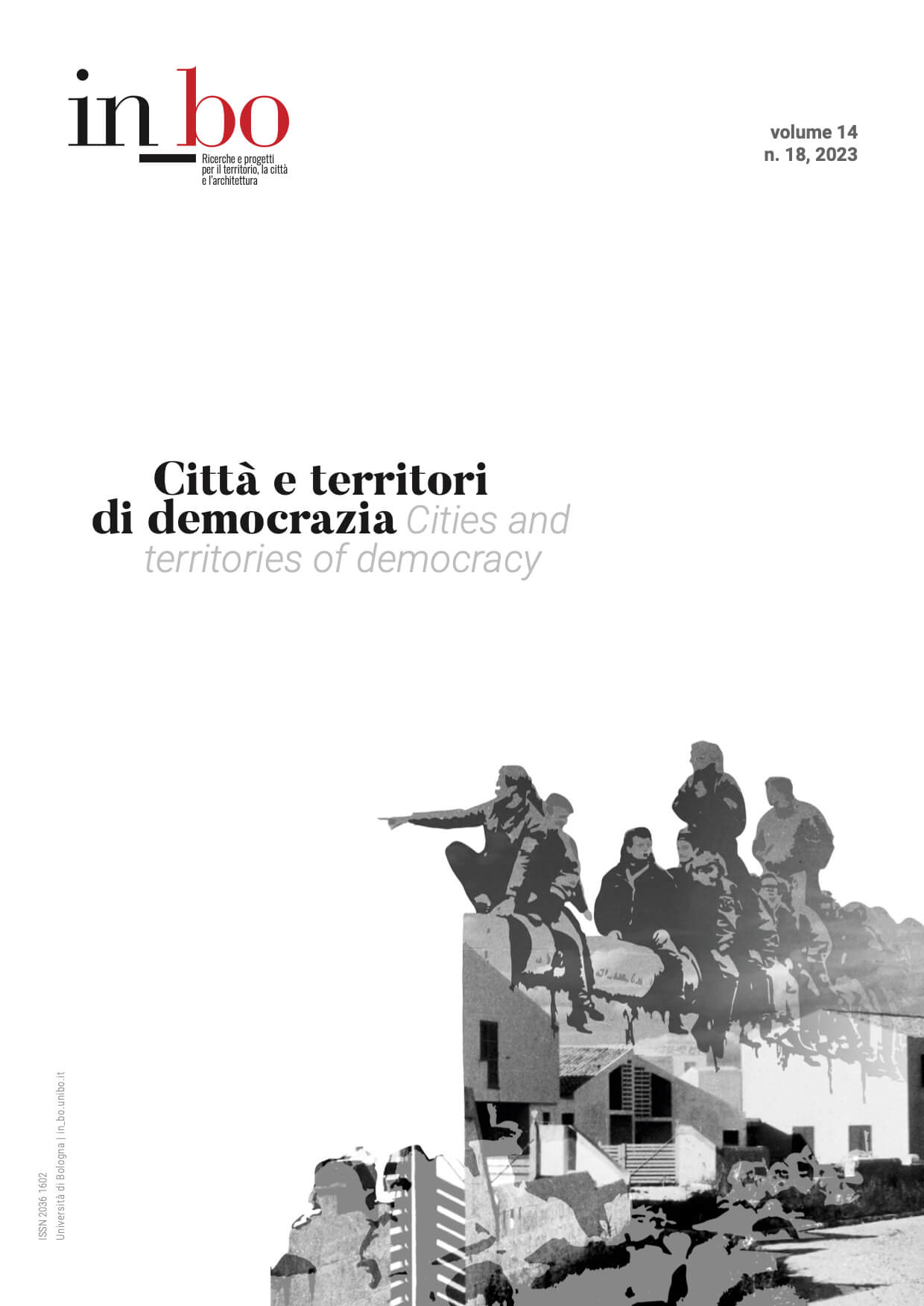Plan and Law. The Collective Domains of Carnia on the Threshold of a New Season
DOI:
https://doi.org/10.6092/issn.2036-1602/14818Keywords:
collective properties, landscape plan, environmental resources, Friuli Venezia Giulia, history of the Alpine settlementAbstract
The approval of the national law on collective property (2017) and the almost simultaneous approval of the Friuli Venezia Giulia Regional Landscape Plan(2018) are introducing novelties in the places that had mostly seen a resurgence of interest on collective property.. The essay takes as an example one of the areas with the highest density of management claims by fractional communities, one of Carnia's traditional alpine areas, the Canal di Gorto. Its environment was marked both by the demographic crisis and the uncertainty about the stability of the communities in relation to the great economic transformations imposed by globalization and industrial delocalisation. Our aim was to describe the innovations introduced in the last five years in order to understand if any change in the evolution of the management of collective assets is looming. The acknowledgement in the landscape plan of so-called civic uses in Friuli Venezia Giulia has proved to be very partial, despite the cooperation of the Coordination of regional collective properties and the new investigations by the regional planning offices engaged in the formation of the urban planning tool. On the other hand, at least three small villages in 2020 claimed the democratic right to be allowed to manage fractional resources on their own in order to guarantee benefits and services to their inhabitants. The process described is placed within a democratic claim of territorial management capable of producing projects even starting from planning solicitations at a regional level.
Downloads
Published
How to Cite
Issue
Section
License
Copyright (c) 2023 Moreno Baccichet

This work is licensed under a Creative Commons Attribution-NonCommercial 3.0 Unported License.





